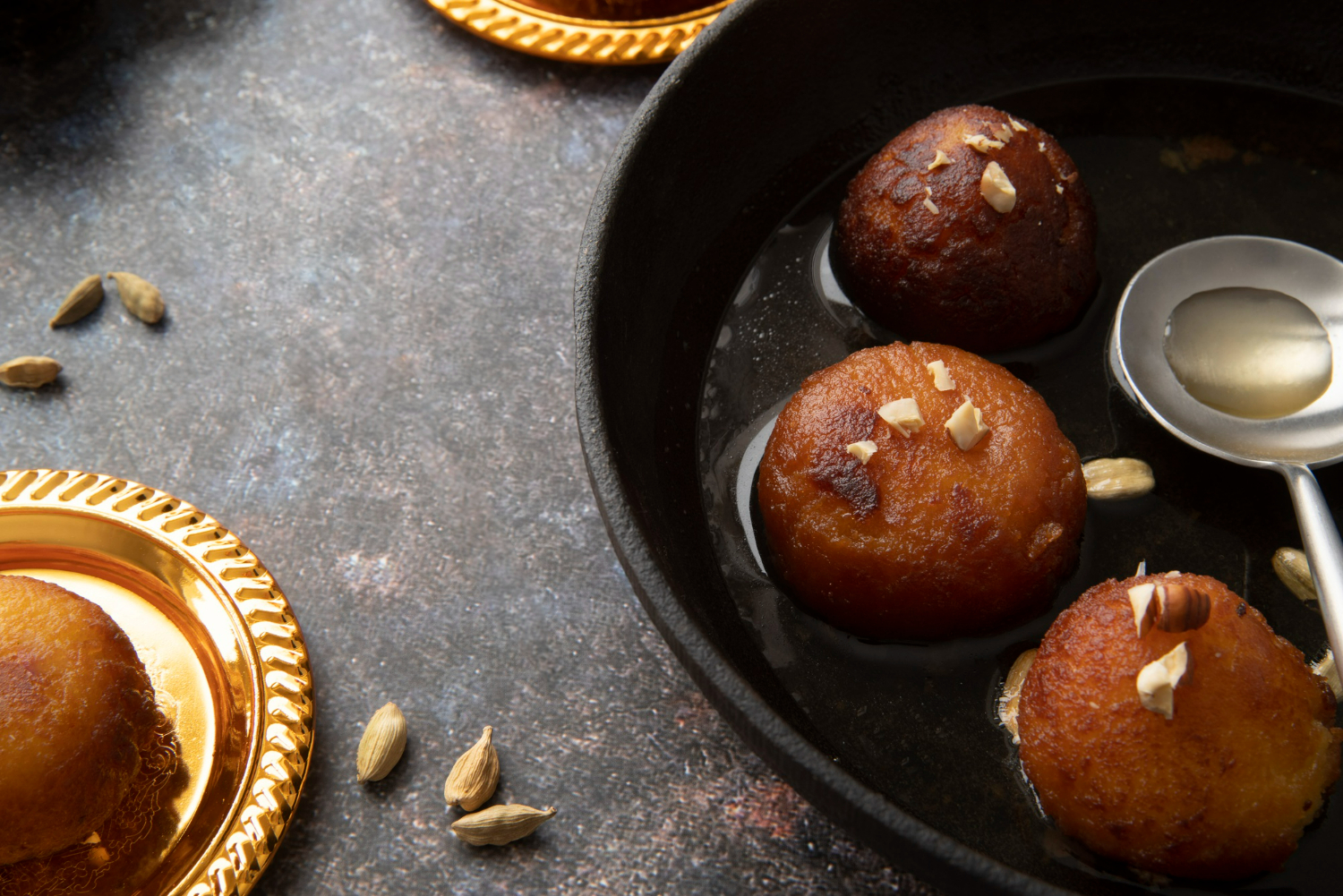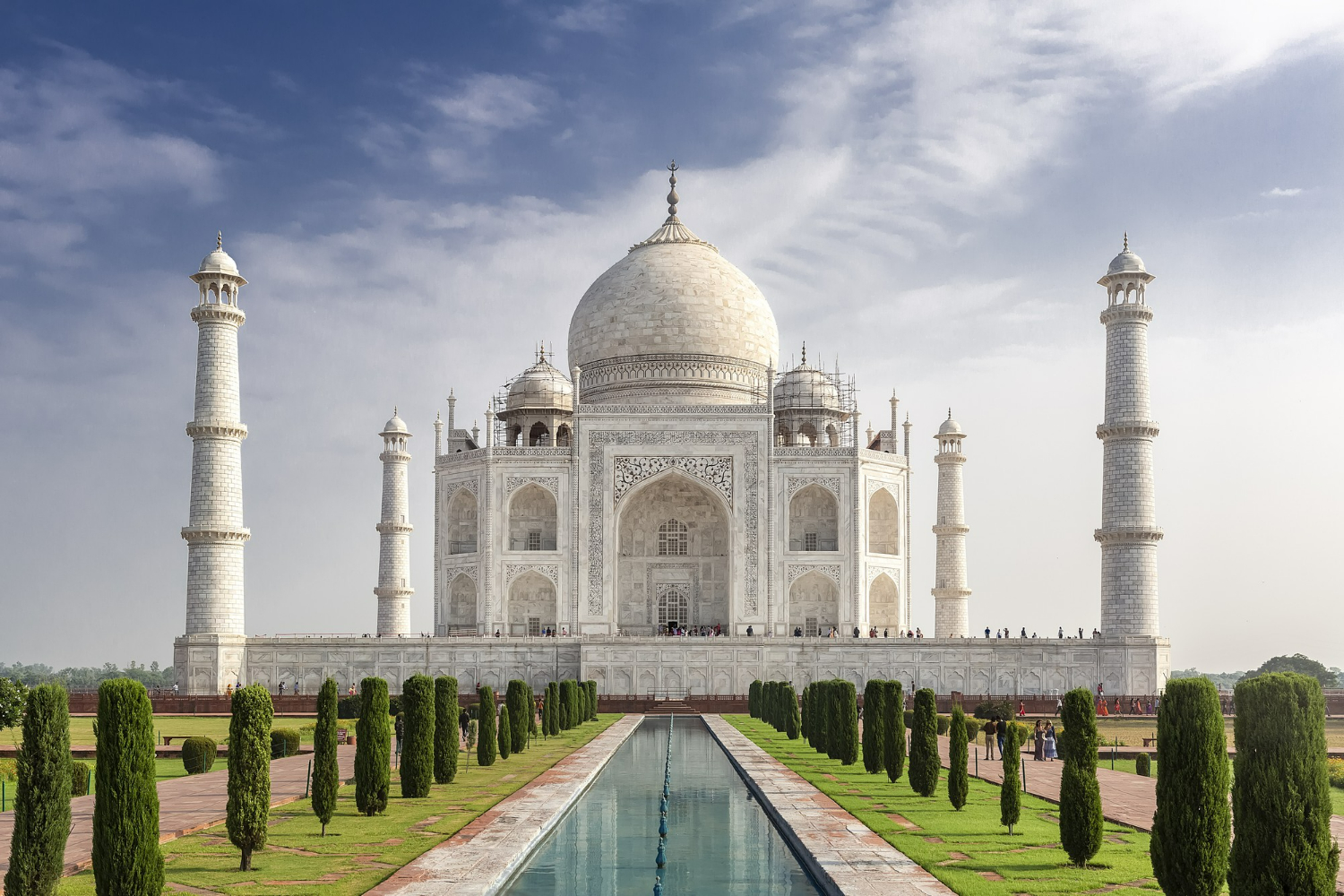Vrooming Into Vogue: India’s Newfound Love for Sports Cars!
In a country where roads are filled with potholes, unruly traffic, and honking horns, a new trend is hitting the scene — India’s newfound love for sports cars! In this blog, we will explore this automotive revolution in more depth. Let’s discover why these shiny, super-fast rides are racing into people’s excitement across India! Cultural Shifts and Aspirations: The traditional car-buying process in India is deeply rooted in its social connections. However, recent years have witnessed a shift in automotive trends, challenging this longstanding dominance of conventional concepts. The market, once ruled by sedans and small hatchbacks, is falling head over heels in love with sleek, high-performance vehicles. India’s ride game is flipping as more urban professionals and young hustlers are getting into driving sports cars on open roads. Iconic Models Making Waves: Today, from the posh Porsche 911 to the zippy BMW Z4 to the stylish Audi R8, the list of internationally renowned models is endless for sports car fans in India. What makes these vehicles stand out in a market known for diverse preferences? Sports Cars’ growing popularity in the Indian market stems from their combination of detailed engineering and avant-garde technology with a touch of luxury. It caters effectively even to people from different age groups with varied tastes in automotive. The Rise of Experiential Driving: Owning a sports car is much more than a status symbol in this country. The car lovers count on their experiences, too. They enjoy hitting the road for the thrill of acceleration and join special car events to witness what their speed demons can do. Customization Craze: Customisation is super popular among Indian sports car lovers. They do not shy away from decorating their rides with bright colours and unique interiors to show off their style. In the past few years, we have noticed a considerable rise in automotive personalisation companies that use their expertise to fulfil the demand and give users an experience of masterpieces they will treasure for years. Social Media Driving the Trend: In this social-media-driven era, people want to follow everything on trend. Platforms like Instagram and YouTube have augmented the thrill around swanky sports cars. Influencers, movie stars, brands, and automobile enthusiasts share their stories online, inspiring others to participate in the action. It is indeed transforming the Indian automobile game, known for its affordable, family-friendly car choices. Setbacks and Possibilities: Despite the noticeable growing fascination with sports cars in India, there are many limitations. Some examples are overcrowded streets, disorderly traffic, worries about maintenance, and inadequate places to drive fast. Conclusion: In India, by changing the traditional norms of buying family-friendly and affordable cars, more and more people love sports cars. It just indicates how India’s likes and dreams are transforming. Let’s get ready to zoom into this exciting story about India’s growing passion for fast, swanky sports cars and the thrilling experiences they bring on the open road!









